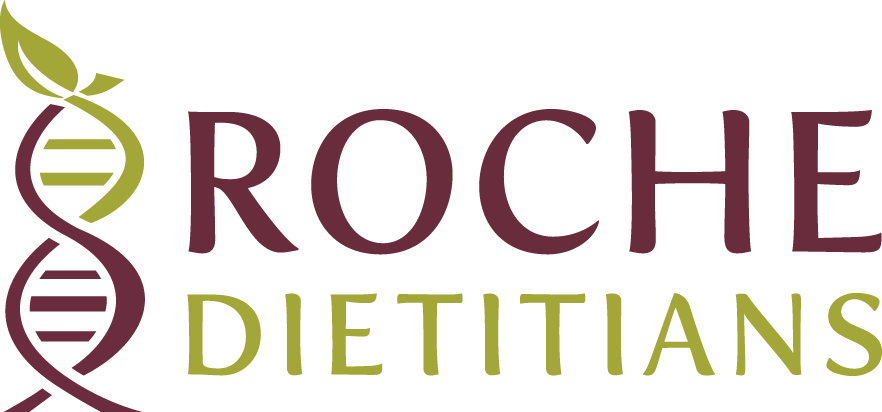IDDSI Q&A: Transitional Foods
Roche Dietitians is doing a series of Q&A about IDDSI from our clients, partners, and IDDSI Community Group on LinkedIn. We welcome your questions about IDDSI. To submit a question to be featured, please email RD@RocheDietitians.com. To view the other Q&As, visit our blog.
Question:
“I was curious how you are using the transitional foods? Is it a separate diet order that allows transitional foods within each level? Or is it used more to test textures of certain foods to determine if a patient is ready to advance diet levels?”
Answer:
The transitional foods category refers to foods or substances that change quickly to become easier to chew or swallow with moisture or a change in temperature.
For example, items such as some cookies or some potato chips are firm in their original state, but when moisture (e.g. water or saliva) is added, they break down quickly and easily with tongue-to-palate pressure. Chewing can happen with reduced effort and less fatigue.
Often these foods are introduced as a first step in advancing towards more challenging textures or are used for therapeutic rehabilitation of chewing or swallowing.
Ice chips also fall into this category, starting as firm solids that are slippery and easy to swallow, but melting at body temperature. Similarly, ice cream or gelatin may be firm when served at room temperature but melt quickly in the mouth to liquid.
The individual should be able to handle the “liquid level” that results when the ice cream or ice melts. As with all foods and drinks in the IDDSI Framework, a clinical assessment should be used to guide whether transitional foods would be appropriate.
For more information, here's a link to what IDDSI says about transitional foods.
It’s also essential to have a supportive community as you learn about IDDSI. Our IDDSI Community Group on LinkedIn is a place where you can feel supported by other professionals who work with IDDSI. Share your challenges and get your questions answered. We invite you to join our FREE group today.
